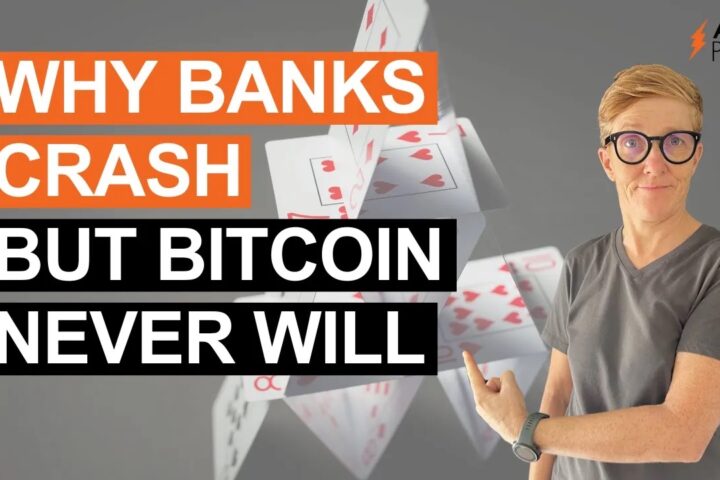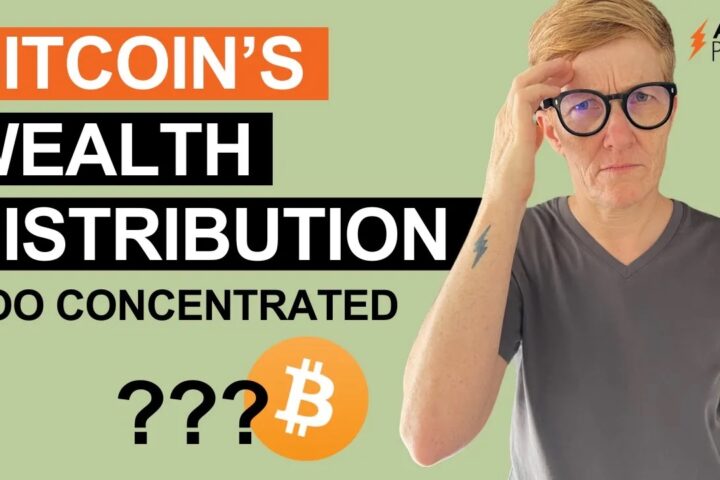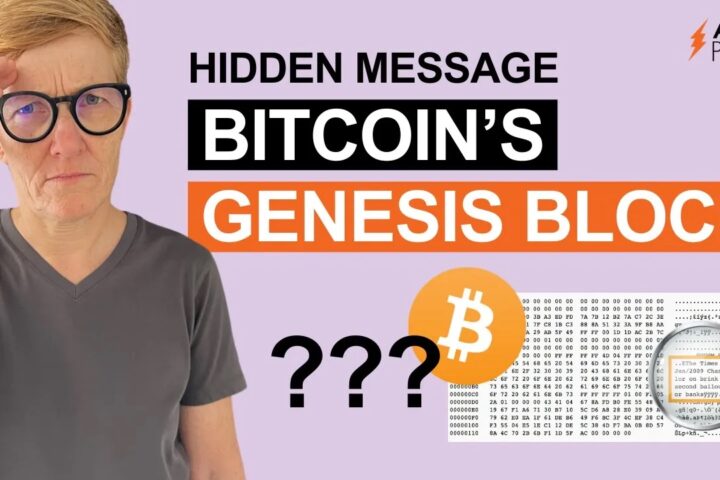Excerpt
I break down how money changed over time – from shells and salt, to gold, to paper, and now to the digital money called Bitcoin. It shows how control shifted to governments, and how Bitcoin is changing that again, giving power back to the people. Watch now to understand how it works!
Transcript
Money was decentralized at the very start, thousands of years ago, when people, instead of bartering goods, started to use shells, beads, or salt as mediums of exchange. The development of coins by governments around 700 before the Common Era started to centralize monetary authority, allowing rulers to control and also misuse currency. For instance, already back then, one fraud or method of fraud was to reduce the amount of pure gold in a coin and mix other materials into it during minting.
Later on, paper money further centralized the control, as governments and central banks gained the ability to issue currency without the natural constraints of precious metal supplies. In 1971, the backing of banknotes with redeemable gold was abolished globally, leading to the fiat currency system, where central banks have near-complete control over money supply. And that’s basically the globally used system at the moment. And then, in 2009, Bitcoin came. It was basically a revolutionary evolution of money, back into the hands of people. It’s a decentralized system that completely removes the need for trusted third parties, like central or consumer banks, through its consensus mechanism and its synchronized ledger and proof-of-work mining. As such, Bitcoin is at the center of the decentralization trend, as it had sparked a broader movement exploring decentralized finance—DeFi, as it’s called—and alternative monetary systems.



